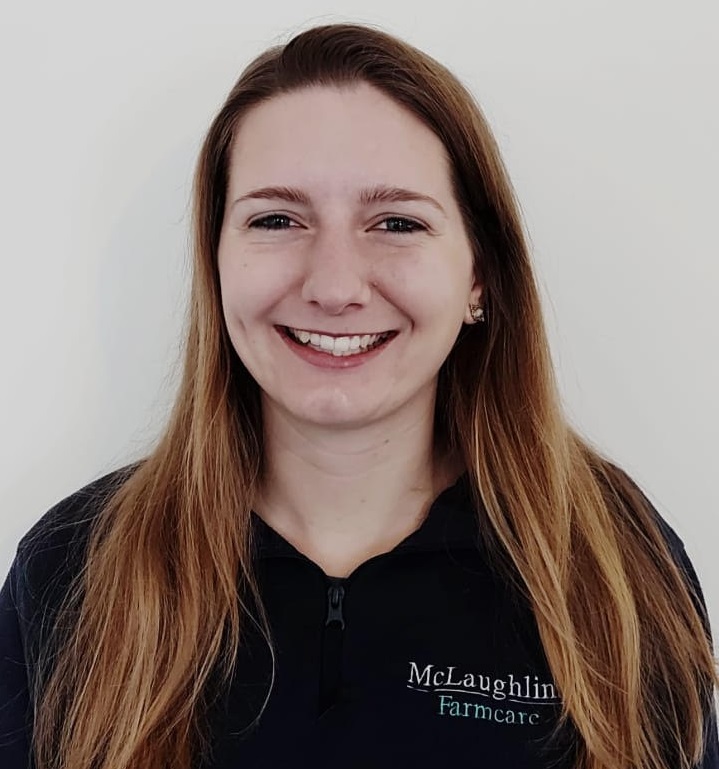Sophia Kingston (B.Sc Hons in Agriculture) is an agri-advisor with McLaughlins Farmcare.
In 2018, Sophia completed her university thesis on ‘A modern view on the issue of internal parasites; discovering the most effective strategy to solve this ongoing epidemic of increasing resistance to anthelmintics on Irish dairy farms’.
Farm life is close to Sophia’s heart, having grown up on her family farm near Bandon, Co. Cork, which has been in operation for over 100 years.
Here she advises on why we need to alter our approach to dosing now.
Resistance is an issue that is creeping up on us more than we realise. Coming into the winter we need to ensure we are dosing our animals in a way that will benefit both the herd and the individual animal, thus avoiding the possibility of resistance.
“This issue will need to be addressed before it becomes a big problem in our herds.”
What is anthelmintic resistance?
It is the ability of worms to survive doses of drugs that would normally kill them. The over-use of anthelmintics leads to the possibility of anthelminthic resistance.
Prolonged wet weather is often associated with an increased parasite burden on grass. Both detrimental and non-detrimental effects of parasites need to be considered when addressing the issue of parasites.
A refugia-based approach is recommended which often requires a departure from routine practices. The refugia concept states that during a worm’s life cycle it will spend some of its time inside the animal and the rest of its time on grass.
At the time of dosing, the worms in the animal are said to be the “exposed population”, while the worms at pasture are said to be the “in-refugia population”, that is, they are not exposed to the drug.
“The larger the in-refugia population is in comparison to the exposed population, the slower the resistance will develop,” stated Sophia.
Therefore, we want to increase the in-refugia population. This can be done by leaving a portion of the herd untreated.
A good place to incorporate this concept is by leaving the top, better performing 10% of the herd untreated. This can be calculated by looking at figures of the daily liveweight gain, milk recording and observing clinical signs within the herd.
As well as this, rotating the doses on a yearly basis is highly suggested. It has been noted that “using the same dose persistently tends to increase the risk of resistance”.
A move to a more evidence-based parasite control such as this will reap rewards in the long run, controlling fluke and worms in cattle for better returns.
Dosing decisions can often be made based on either cost of product or ease of administration.
However, it is important that farmers regularly check the efficiency of the drug that they use and not just assume they are effective.
This can be done by taking fresh dung samples, sending them to the laboratory and getting an egg per gram (EPG) count before and two weeks after using a product. A reduction in the EPG count shows that the product was successful.
There is an increasing body of evidence showing that target approaches to worming can reduce unnecessary treatments without impacting on health and productivity, thus reducing the likelihood of resistance in the herd.
In order to future-proof parasite control, we need to alter our approach now. Once resistance becomes clinically apparent it will be too late.
Do’s and Don’ts
For the ‘Do’s and Don’ts’ of dosing and to see the range of parasite control products in McLaughlins Farmcare, just click here


